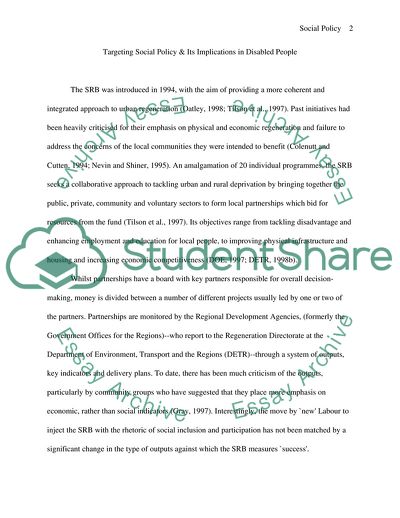Cite this document
(Targeting Social Policy and Its Implications in Disabled People Term Paper, n.d.)
Targeting Social Policy and Its Implications in Disabled People Term Paper. Retrieved from https://studentshare.org/social-science/1703338-does-targeting-with-social-policy-bring-about-an-improvement-in-peoples-lives-discuss-in-relation-to-one-social-group-that-has-been-targeted
Targeting Social Policy and Its Implications in Disabled People Term Paper. Retrieved from https://studentshare.org/social-science/1703338-does-targeting-with-social-policy-bring-about-an-improvement-in-peoples-lives-discuss-in-relation-to-one-social-group-that-has-been-targeted
(Targeting Social Policy and Its Implications in Disabled People Term Paper)
Targeting Social Policy and Its Implications in Disabled People Term Paper. https://studentshare.org/social-science/1703338-does-targeting-with-social-policy-bring-about-an-improvement-in-peoples-lives-discuss-in-relation-to-one-social-group-that-has-been-targeted.
Targeting Social Policy and Its Implications in Disabled People Term Paper. https://studentshare.org/social-science/1703338-does-targeting-with-social-policy-bring-about-an-improvement-in-peoples-lives-discuss-in-relation-to-one-social-group-that-has-been-targeted.
“Targeting Social Policy and Its Implications in Disabled People Term Paper”, n.d. https://studentshare.org/social-science/1703338-does-targeting-with-social-policy-bring-about-an-improvement-in-peoples-lives-discuss-in-relation-to-one-social-group-that-has-been-targeted.


